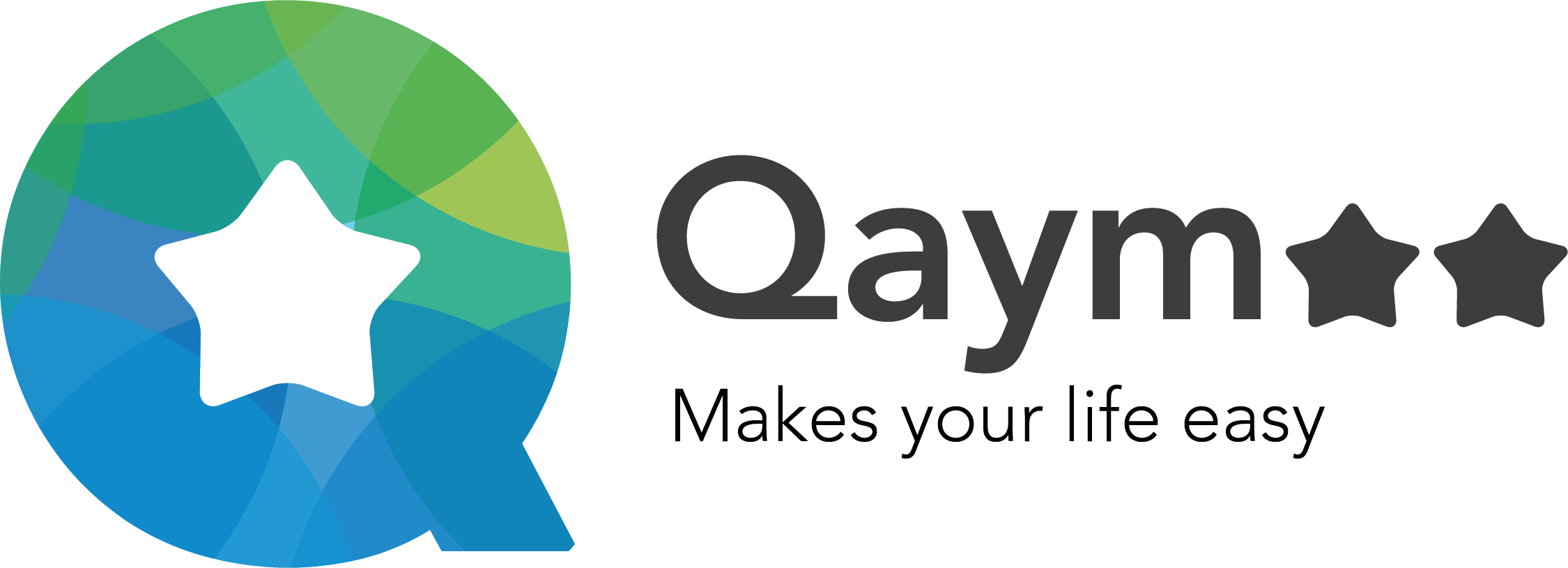In a rapidly changing world, educational methods are continually evolving to meet the diverse needs of students and the challenges of the times. Among these methods, flipped learning stands out as a revolutionary approach that reshapes the educational process and enhances effective interaction between teachers and students. In this article, we will explore the concept of flipped learning, its benefits, and the challenges facing its implementation in classrooms.
The Concept of Flipped Learning:
Flipped learning, or the flipped classroom, is an educational model based on the idea of reversing the traditional roles of learning inside and outside the classroom. In this model, educational materials are provided to students through various sources such as videos and digital lectures to be watched at home before coming to class. Classroom time is then utilized for engaging in practical activities, discussions, and problem-solving under the supervision of the teacher.
Benefits of Flipped Learning:
- Enhanced Interaction: Flipped learning provides greater opportunities for interaction between students and teachers, contributing to a deeper understanding of the subject matter and the development of critical thinking skills.
- Empowering Students: This model encourages students to take responsibility for their learning and gives them control over their learning pace.
- Personalized Learning: Flipped learning allows students to review educational materials in a way that suits their individual needs and learning speed.
- Integration of Technology: This model effectively integrates technology into the educational process, enhancing students' digital skills.
Challenges of Implementing Flipped Learning:
- Initial Preparation: Flipped learning requires a significant investment of time and effort from teachers to prepare educational materials and interactive activities.
- Technology and Access: Some students may face difficulties in accessing the technological resources needed to follow the educational content outside the classroom.
- Adapting to the New Model: Some students and teachers may find it challenging to adapt to the changes imposed by the flipped learning model on the traditional educational process.
- Student Assessment: Flipped learning requires the development of new assessment methods that are compatible with the educational model and accurately measure learning effectiveness.
Conclusion:
Flipped learning is a revolution in teaching methods that contributes to improving the quality of education and enhancing interaction within classrooms. However, its implementation requires a change in mindsets, the development of technological infrastructure, and continuous support for teachers and students. By overcoming these challenges, flipped learning can open new horizons for effective and innovative learning.








